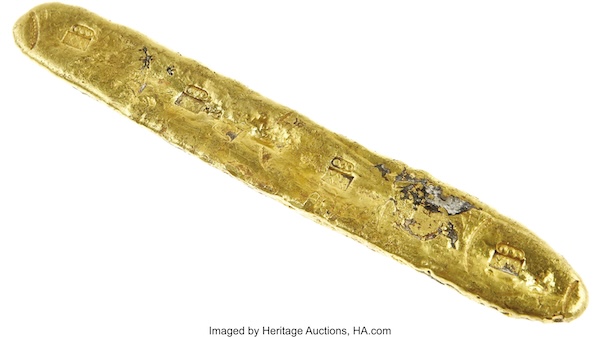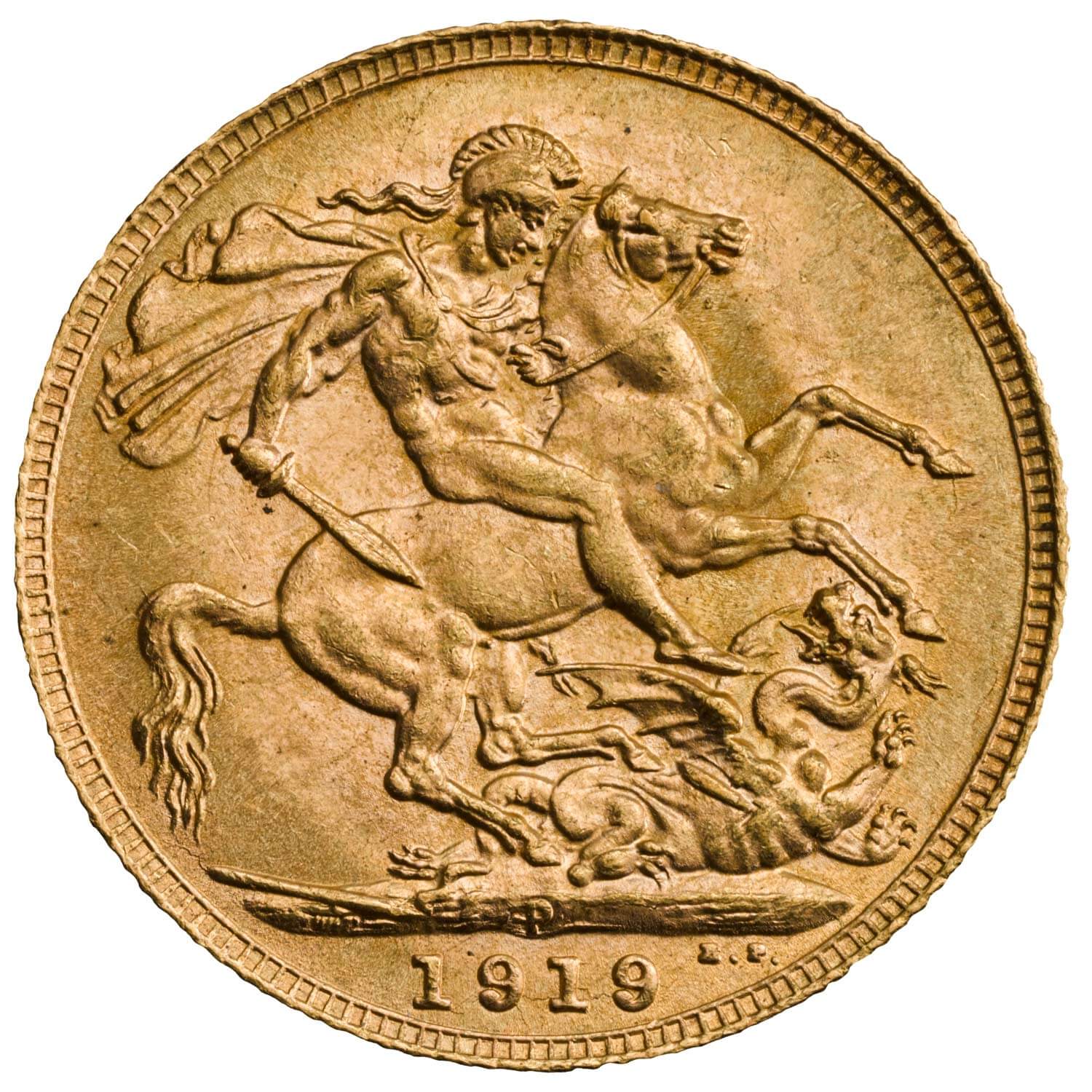The Atocha was a famous Spanish treasure galleon, known by its full name, “Nuestra Señora de Atocha,” Our Lady of Atocha. It was laden with a vast cargo of gold, silver, emeralds, and other valuable items from the New World destined for Spain. These treasures were accumulated from the wealth of the Spanish colonies in the Americas.
On September 6, 1622, the Atocha was caught in a severe hurricane while sailing from Havana, Cuba, to Spain. The ship was driven onto a coral reef and sank, taking down most of its 265 crew members and passengers, as well as its precious cargo.
Shortly after the shipwreck, Spanish salvagers tried to locate and recover the Atocha’s treasure but failed. The location of the wreck remained a mystery for centuries.
The exact inventory of the Atocha is extensive, but the majority of the Atocha’s cargo consisted of silver. According to historical records, there were 1,038 silver bars and over 255,000 silver coins, mainly consisting of “pieces of eight” minted in the Americas and used as a global trade currency during the era. The silver coins had been hand-stamped at mints in Potosí, Lima, La Plata, Mexico City, and Santa Fe de Bogotá.
The silver bars found in the wreck of the Atocha were each massive, and all had a purity greater than 99%. Each ingot was formed by pouring over 80 pounds of silver into a casting mold. As soon as the ingot cooled, it was struck with a serial number and stamped with the fineness. The same information would be listed on the ship’s manifest. Over 900 silver bars were listed on the ship’s manifest, and many were mined and processed in upper Peru (at Potosí or Oruro).





Other marks were sometimes added by shipmasters and other officials as the bar progressed on its journey to Spain.
Atocha Gold Bars
At least 160 gold bars and discs and a significant number of gold coins were found in the Atocha shipwreck. These bars vary in weight, typically ranging between 5 and 10 pounds each, and they are estimated to contain over 7,175 ounces of gold.

Several Atocha Gold Bars have come up for auction in recent years. In 2008, Heritage Auctions sold
In May of this year, Sedwick Auctions offered one of the gold bars weighing over 5 pounds with presale price estimates exceeding $200,000. The bar is stamped with a single foundry and assayer mark reading “SEBATN / ESPANOL” in the center and includes eight royal tax stamps and marking indicating 17 karat gold fineness.

In addition to precious metals, the ship carried a considerable quantity of rough and worked emeralds, some of exceptional quality and size, amongst its cargo. The emeralds came from the Muzo mines in Colombia.
In 1985, treasure hunter Mel Fisher and his team made international headlines by discovering the leading wreckage site of the Atocha just off Marquesas Key, west of Key West in the Florida Keys.
The extensive recovery operation led by Mel Fisher recovered a significant portion of Atocha’s gold bars, but many believe that there are still more to be found.
Atocha Treasure Value
The find resulted in the recovery of an estimated $400 million worth of coins, jewelry, and other artifacts, making it one of the most valuable shipwreck finds in history.
The discovery of the Atocha’s treasure led to legal disputes between Mel Fisher’s team and the state of Florida. Eventually, the U.S. Supreme Court ruled in favor of Fisher, granting his company, Treasure Salvors, Inc., ownership of the shipwreck and its cargo.
The artifacts and treasures from the Atocha offer a unique glimpse into the past and the extensive wealth and trade of the Spanish Empire during the 17th century, and their discovery has spurred additional interest in shipwreck diving and the quest for sunken treasure.





